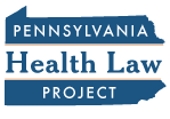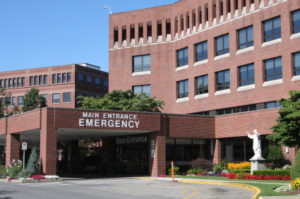The Continued Need for Medicaid DSH
While the Affordable Care Act has greatly increased the number of Americans with health insurance and reduced the demand for uncompensated care from hospitals, many hospitals still see significant numbers of uninsured patients.
Some of those patients simply have not taken advantage of the health reform law’s creation of easier access to affordable insurance while others live in states that have not expanded their Medicaid programs.
Hospitals that care for especially large numbers of such uninsured patients qualify for Medicaid disproportionate share hospital payments, commonly referred to as Medicaid DSH. The purpose of these payments is to help these hospitals with the unreimbursed costs they incur caring for such patients.
The Affordable Care Act calls for reducing Medicaid DSH payments to hospitals. Many hospitals and hospital groups oppose this cut and are asking Congress to block its implementation. Pennsylvania’s safety-net hospitals benefit considerably from Medicaid DSH payments.
 The Commonwealth Fund recently published a commentary calling for delaying scheduled Medicaid DSH cuts. Go here to see the article “Keep Harmful Cuts in Federal Medicaid Disproportionate Share Hospital Payments at Bay.”
The Commonwealth Fund recently published a commentary calling for delaying scheduled Medicaid DSH cuts. Go here to see the article “Keep Harmful Cuts in Federal Medicaid Disproportionate Share Hospital Payments at Bay.”
 Included in this edition are articles about:
Included in this edition are articles about:


 The uninsured do not use emergency rooms more than the insured.
The uninsured do not use emergency rooms more than the insured.
